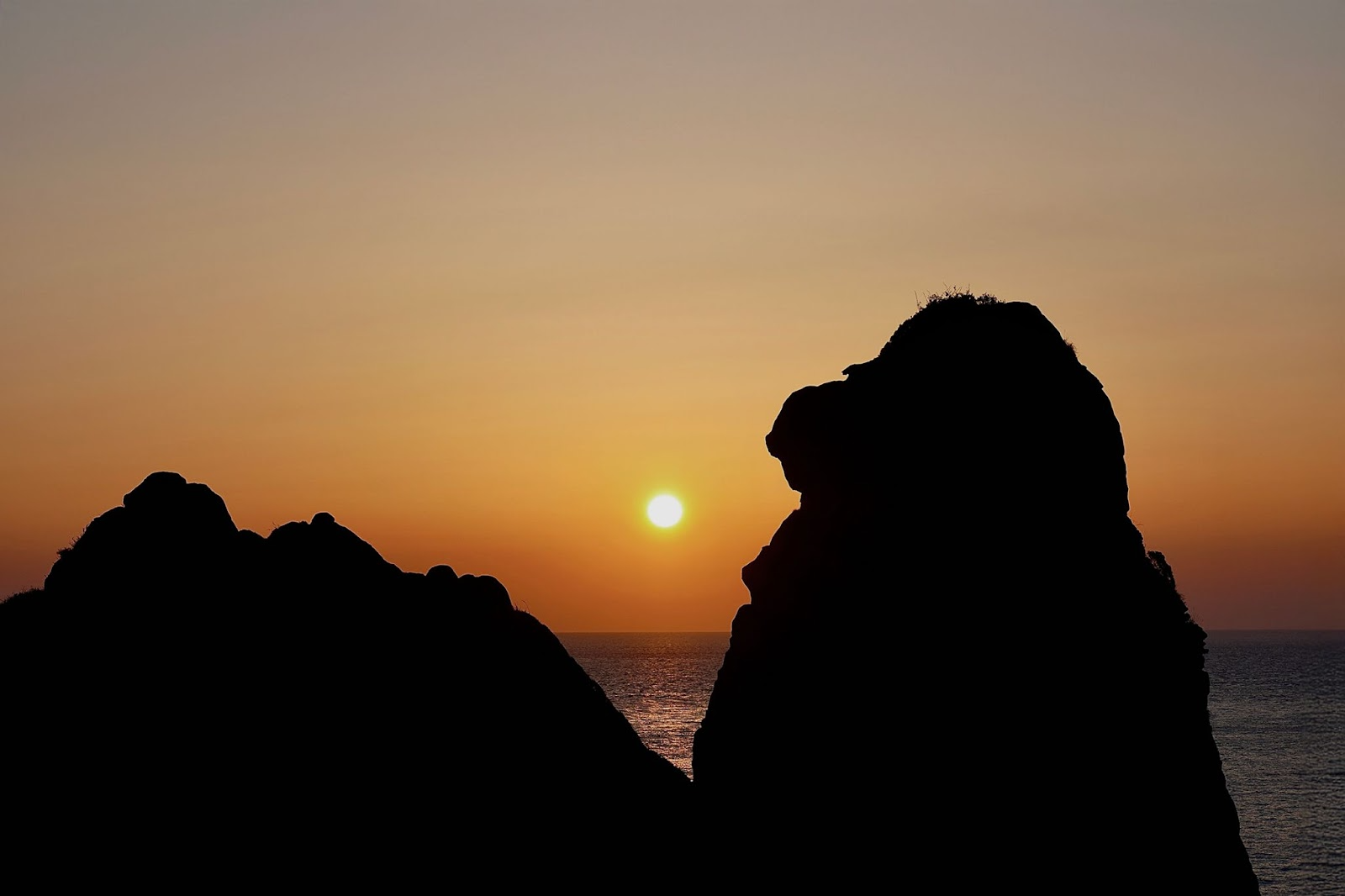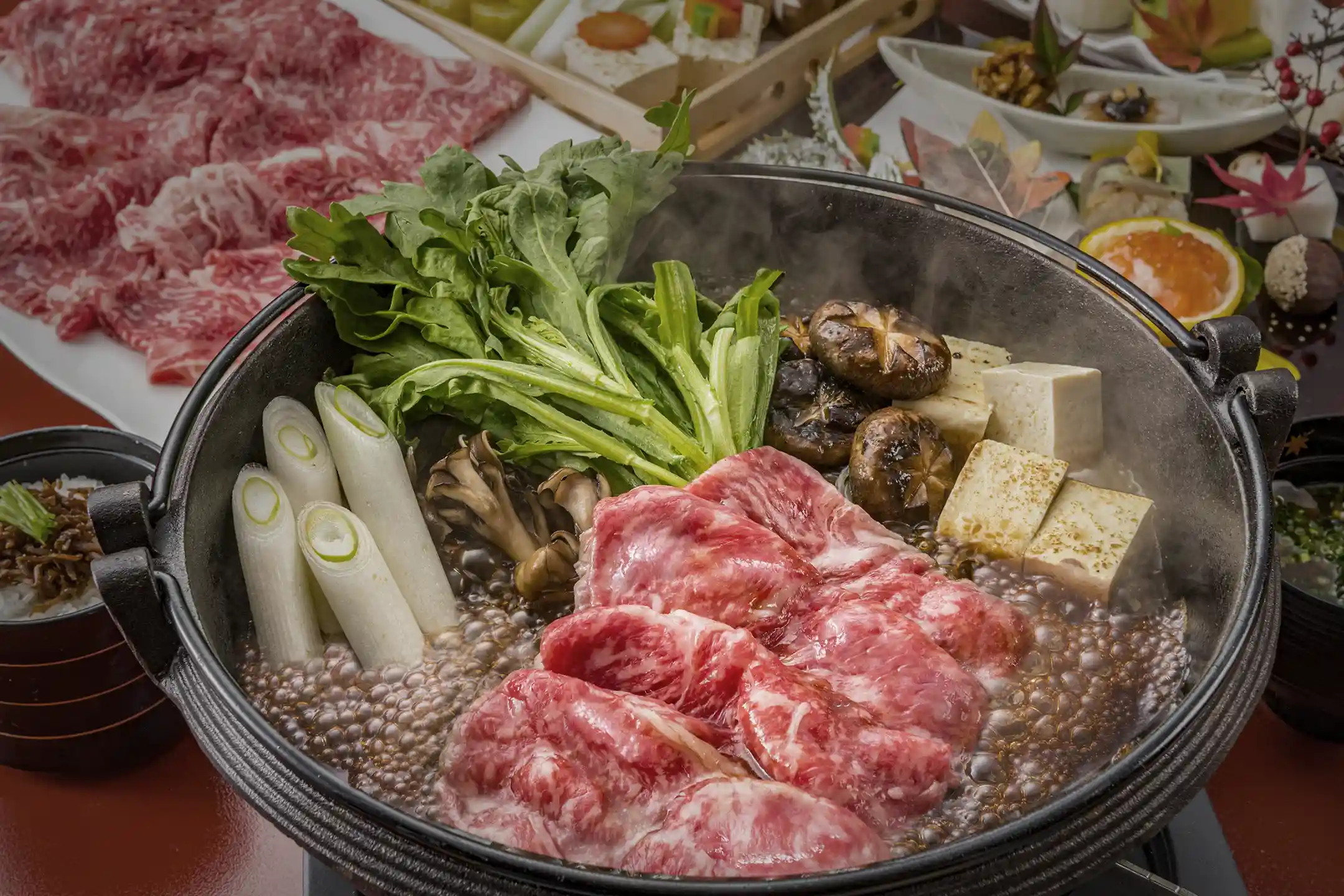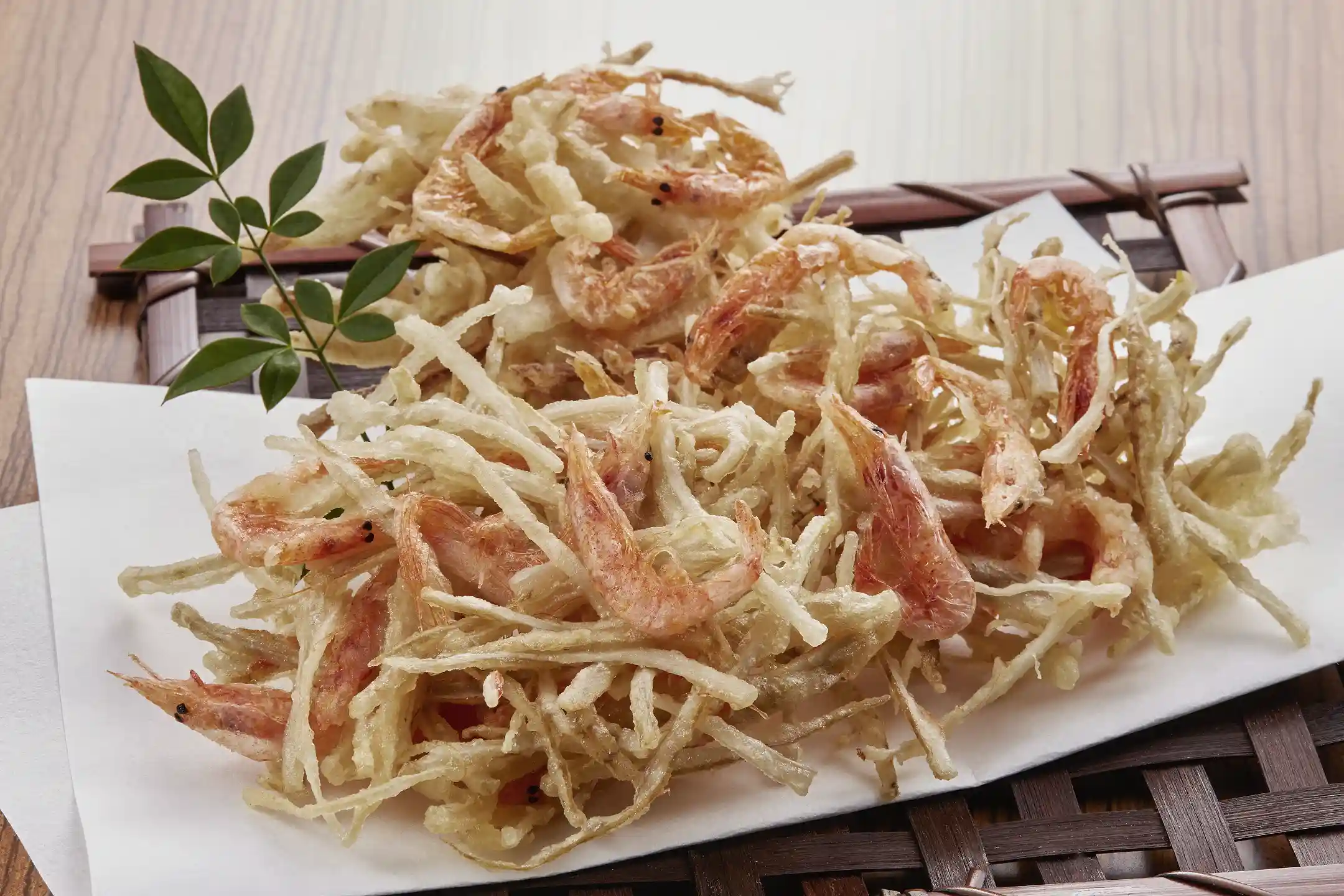Floating in the azure waters of the Genkai Sea, Iki Island in Nagasaki Prefecture is a restorative getaway where ancient history and abundant nature remain vividly alive. Step away from the noise of everyday life and the island begins to work on your body and mind like an open‑air spa. Here, you can immerse yourself in a nature‑embraced wellness retreat that helps you recentre, reset, and breathe again.
Through a rich mix of programmes—shrine visits, hot springs, and beach yoga—you’ll have the space to reflect and recharge. This guide covers everything from Iki’s essential facts to wellness‑forward spots, a three‑day model itinerary, local dining, and post‑trip self‑care—inviting you into a sustainable yet luxurious island rhythm.
What Is Iki Island? Essential Facts on Geography, Climate, and Access
Let’s anchor the basics. Iki Island sits in the Genkai Sea off northern Kyushu, about an hour by high‑speed ferry from Hakata Port in Fukuoka—remarkably convenient yet still defined by unspoiled nature and the calm of an outlying island (*1).
With an area of roughly 139 square kilometres, coast and forest lie close together, and sea breezes slip through the woods thanks to the island’s characteristic terrain. The Tsushima Current brings a mild, humid climate year‑round, and snowfall is rare even in winter (*1). Summers feel cooler thanks to onshore winds, and extreme heat is uncommon—ideal conditions for a restorative retreat.
Iki Island’s Geography and Maritime Climate
Nearly circular at about 17 km north–south and 15 km east–west, Iki is ringed by beautiful coastlines with one of Nagasaki’s largest plains spreading through its centre. As you walk, the salt‑tinged breeze from the shore mingles with the cool green wind of the forest, gently awakening your senses.
The temperate maritime climate supports distinctive ecosystems: coastal plant communities featuring Japanese juniper (a nationally designated natural monument) and mountain cherry adapted to salty winds. In summer, shade carries a pleasant sea breeze even under bright sun; in winter, the ocean’s heat capacity softens the chill. All year, the environment remains gentle on body and mind.

Access to Iki Island and Sustainable Transport
You can reach Iki by sea or air. From Fukuoka’s Hakata Port, the high‑speed jetfoil takes about 60–70 minutes—so fast you’ll barely notice the crossing (*2). From Karatsu in Saga, it’s roughly 1 hour 40 minutes by ferry, and from Nagasaki Airport it’s around 30 minutes by small aircraft to Iki Airport. Check current timetables and book ahead in peak months.
Rent an electric‑assist bike through the “Iki Chari” programme and cruise with the wind, or pick up a one‑day unlimited ride bus pass (¥1,000 for adults) to explore via quiet electric mobility and public transit (*3). Carry small change; on smaller islands, some services may be cash‑preferred.
Why Iki Island Is Called a Sanctuary of Wellness & Sustainability
Long known as an “island where the deities dwell,” Iki blends spiritual magnetism with a strong environmental ethos—earning its reputation as a sanctuary for wellness and sustainability. There are over a thousand shrines and wayside sanctuaries scattered across the island, among the highest densities in Japan (*1).
The island also takes environmental conservation seriously. Residents and local government cooperate on no‑litter initiatives, continually working to pass down pristine nature to the future. As you encounter this harmony of spiritual culture and sustainable living, you’ll find deep healing—and meaningful insight—you can carry forward.
Spiritual Power Cultivated by History and Shintō Culture
Iki’s history reaches back to mythic time. In the nation‑formation myths of the Kojiki, Iki is the fifth island to be born, described as a “pillar linking heaven and earth.” More than 150 shrines are officially registered with the Association of Shinto Shrines, and counting smaller wayside sanctuaries brings the total to well over 1,000—preserving the classic landscape of “one shrine per village” (*1).
Step into a forest‑ensconced shrine precinct and the clear, taut air seems to wash your heart clean—you can almost feel spiritual energy welling up from the earth. Islanders pray to the deities in daily life, keep seasonal rites and sacred dances, and that living faith radiates a calm energy that quietly envelops you as a visitor.

Island‑Wide Ecotourism and Environmental Stewardship
Iki’s other claim to “sanctuary” status lies in island‑wide sustainability efforts. At the annual “Voluntourism in Iki,” several hundred volunteers join from on and off the island to combine beach clean‑ups with travel experiences.
In 2025, the 15th edition drew a record ~281 participants who collected a total of 10 cubic metres of marine debris at sites including Tsutsukihama (*2). Locals also hold routine shoreline clean‑ups and tree planting, while the government promotes a “Zero Litter on Iki” declaration. Here, you can enjoy the island’s grand nature through ecotourism while learning practical, planet‑friendly habits you can adopt at home.
A 3‑Day Wellness Model Itinerary for Touring Iki Island
If it’s your first time on Iki, here’s a balanced three‑day course weaving sea, forest, and cultural experiences. Begin each day with sunrise on the beach, spend your afternoons in woodlands or heritage sites, and restore your body each evening with hot springs or stargazing. Surrender to island time and feel your relaxation and clarity deepen day by day.
Day 1 Beachside Yoga and Hot Springs to Unwind
Start your journey with early‑morning beach yoga. On east‑facing sands like Ohama Beach in Ishida, you can greet the sun as it rises over the horizon. Stretch out on some of the island’s finest white sands and let a local instructor guide you—while the waves’ soothing 1/f rhythm steadies your autonomic nervous system and carries you into a deep state of calm.
With slow, steady breathing your whole being wakes up, and positive energy begins to fill you. Let the morning flow into an unhurried stroll along the shore, or drop into a local café for a smoothie made with island‑fresh fruit.
In the afternoon, soothe away travel fatigue at Yunomoto Onsen. This signature hot‑spring area is said to date back more than 1,700 years; a 69°C sodium‑chloride spring bubbles up here (*1). It’s prized for wide‑ranging benefits—neuralgia, rheumatism, and skin health among them—and many say just one soak leaves the skin silk‑smooth.
Stop by a day‑use bath at a ryokan brimming with classic Japanese charm. Rinse first, then slip into the tub. Close your eyes and give thanks for the island’s gifts—the warmth will unwind you to the core, and you’ll feel any lingering tension quietly dissolve. After your bath, linger for a lunch featuring local ingredients, then ease into your first island night.
Day 2 Primeval Forest Trekking and a Zen Experience
Day two immerses you in Iki’s great outdoors and living spiritual culture. In the morning, head to Makizaki Park on the island’s southwest tip. Beyond sweeping grasslands and rugged coast, you’ll find the cavernous “Oni no Ashiato” (Demon’s Footprint)—a giant, roughly 110‑metre‑circumference hole said in legend to mark a demon’s step. Up close, the raw power of nature is overwhelming.
%20at%20Makizaki%20Park.webp?width=750&height=500&name=Oni%20no%20Ashiato%20(Demon_s%20Footprint)%20at%20Makizaki%20Park.webp)
With only the surf and wind through the grass as your soundtrack, draw a deep breath and feel negative ions spread through your body—a grounded sense of being one with the earth. After a revitalising hike, stretch in the shade to cool down. Your morning will feel fully charged by nature’s energy.
In the afternoon, turn inward at a Zen temple. At Nishiyama‑ji, a Rinzai‑school temple, travellers can join early‑morning zazen under a monk’s guidance.
For day two, arrange a special late‑day visit: listen to the head priest’s talk and try sutra copying (shakyō) and chanting. As the scent of ink fills a still room, focusing stroke by stroke clears the mind and lets stray thoughts fall away.
Stay overnight in the temple’s shukubō lodging and rise at 5:00 a.m. to the bell. As dawn lightens the sky, zabuton (cushions) are laid in the main hall and morning zazen begins. In the quiet, you hear only your breath and the wind.
Even if your legs tingle, keep your gaze soft and steady; soon you may sense yourself nearing a state of no‑mind. The simple shōjin rice porridge after meditation tastes astonishingly good. Buoyed by a clean, clear feeling, your second day begins.
Day 3 Thalassotherapy and a Farm‑to‑Table Lunch
Your final day is for detox and recharge, inviting the sea’s gifts into your body. In the morning, experience thalassotherapy—an ocean‑based wellness method from France that uses seawater and seaweed to support the body’s natural healing.
On Iki, seafront stays offer seawater baths and spa treatments with seaweed packs. In particular, a coastal hot‑spring facility in Ishida is known for its “thalasso onsen,” where pumped seawater is gently warmed to around 35°C—close to body temperature. Because seawater’s composition is said to resemble human amniotic fluid, a relaxed, cradle‑like effect is often noted (*3).
The physical effects of warmed seawater are sometimes considered greater than ordinary hot springs; medical journals have described strong benefits for back pain, fatigue recovery, and stress relief (*3). Popular options include mineral‑rich seaweed body packs and detoxifying sea‑mud scrubs. Let yourself be enveloped by the sea itself and rinse away any travel‑worn tension or toxins.
After this whole‑body cleanse, close with a healthy, locally sourced lunch. Iki is known as a “treasure house of ingredients,” from sparkling‑fresh seafood to produce from rich fields. Sea urchin and abalone are standout delicacies here, and locally you’ll often find same‑day catches at surprisingly approachable prices. A bowl of melt‑in‑the‑mouth uni over rice or a thick, wild abalone steak feels like pure ocean energy with every bite (*4).
You’ll also find restaurants incorporating medicinal herbs and fermented foods. At one café, smoothies blending wild‑herb teas and kōji amazake are a signature—praised by many women travellers for gut‑ and skin‑friendly effects. For your finale, consider a plant‑forward shōjin‑style French course that celebrates fermentation the Iki way: local‑vegetable nukazuke (rice‑bran pickles), tofu marinated in sake lees, and more—proof that “eating well” is wellness in action.
Take a Deep Breath on Iki Island: Best Spots for Yoga, Zazen, and Meditation
Iki’s hush and natural vitality make it perfect for mindfulness. Here are three especially recommended spots for yoga, zazen, and meditation. As you feel sea breeze, forest resonance, and a sacred stillness with all five senses, you’ll rediscover inner energy and let mental noise ebb away.
Sunrise Beach Yoga Retreat
Iki’s eastern beaches are ideal for greeting the sun as it rises from the horizon. At Tsutsukihama and Ohama in particular, roll out your mat at dawn and watch sky and sea gradually blush. Practising yoga in the glow of daybreak tips your parasympathetic nervous system into gear and helps reset body and mind.
Flow through sun salutations to the sound of waves as your natural soundtrack; you’ll feel your resting body wake while fresh energy rises from the earth beneath you. Beginners are welcome—local instructors guide you with care. Press your palms together and thank the morning sun, and you’ll be ready to start the day with a clear, buoyant spirit.

Morning Zazen at a Zen Temple
The tranquil Zen temple Nishiyama‑ji is a hidden gem for early‑morning zazen. In the main hall framed by cedar, you can sit from 6:00 a.m. under the head priest’s guidance. Bow, settle on the tatami, and lengthen your spine; the cool morning air touches your skin and brings a pleasant, focused tension.
At the cue “Begin silent contemplation!” the hall falls still; only wind in the trees and your breath remain. Thoughts arise and pass—just return your awareness to the mokugyō’s soft beat and aim for no‑mind.
Silent Meditation by the Sea
Finally, try silent meditation that needs no words—just you with yourself.
Choose a quiet stretch of coast or a small cove in the afternoon when few people are around. Sit on the sand, close your eyes, and bring your attention to your breath. You hear the gentle tide, the gulls, and the faint whisper of wind combing the beach. If thoughts appear, don’t force them away—let them recede like waves. Start with a few minutes; as your senses sharpen, you may feel yourself become part of the natural world.
Remaining still as the sea turns golden at sunset, you’ll feel inner calm and vital energy quietly well up.

Iki Island Gourmet: Organic Foods and Craft Drinks
No wellness journey is complete without the joy of eating well. Iki’s dining scene celebrates fresh, body‑friendly ingredients. Beyond the “food as medicine” bounty from sea and field, you’ll find a rich culture of fermentation and craft beverages—so every meal becomes part of your well‑being.
Freshly Caught Seafood and Seaweed Superfoods
Seafood is the first word on Iki. The morning’s catch shines in both nutrition and freshness. Sea urchin peaks from summer into early autumn, and a bowl of rich, sweet uni over rice is a must‑try when you visit.
In winter, yellowtail and tuna run strong; fishermen‑operated diners serve sashimi set meals at pleasantly surprising prices. And don’t overlook seaweeds. In the mineral‑rich waters around Iki, kombu and wakame thrive, along with prized local nori—celebrated today as true “sea superfoods.”
At many family‑run inns, breakfast features seaweed salads and aosa soups; the fibre in sea vegetables helps your gut feel great from the inside out. Let nature’s nourishment power your day from morning on.
Craft Gin from Iki Shōchū Distilleries & Kōji Smoothies
Iki is known as the birthplace of barley shōchū, and recently that expertise has sparked a wave of craft gin. At Iki no Kura Shuzō, “KAGURA” gin is distilled from shōchū with island botanicals.
What stands out is a deeply sustainable approach to ingredients: cosmetically imperfect asparagus, blemished strawberries, pressed‑out yuzu peel—produce that might otherwise become food waste—are all put to beautiful use. Collaborating inns even share discarded sea‑urchin shells and onsen salt to spice the spirit (*2).
The result is a gin that captures “every last drop of the island’s bounty,” aromatic and excellent with seafood. Treat yourself to a glass at a bar one evening.
If you’re going alcohol‑free, try a wellness drink made with kōji. Amazake (a kōji‑based fermented rice drink) is so nourishing it’s sometimes called a “drinkable IV,” and it’s beloved for beauty benefits. Island cafés blend it with fruits and herbs into popular smoothies.
One favourite mixes island banana and rice‑kōji amazake with spirulina—a gut‑friendly, vitamin‑rich green smoothie many women love. Its gentle sweetness and bright tang feel balancing, and it warms you from within after time in air‑conditioning.
Raise a toast with a kōji drink and you’ll likely wake refreshed. Iki’s craft gin and kōji smoothies—two contrasting signatures—will colour your travel memories in their own delightful ways.

Well‑Being Methods to Continue After You Return Home
The real value of your Iki retreat grows when the habits you found there follow you into daily life. Bring the extraordinary back into the everyday with these simple, sustainable practices.
Breathwork Reminders and Short Meditations
The deep breathing and meditation you practised on Iki are most powerful amid a busy schedule. On your commute or between tasks, close your eyes for just a minute and try diaphragmatic breathing. The 4‑7‑8 method—inhale for 4 seconds, hold for 7, exhale for 8—helps regulate the autonomic nervous system.
When you feel irritated or drained, recall yourself breathing on an Iki beach. As you take a slow breath, you may be surprised how quickly calm and focus return. To close your day, add five minutes of mindfulness meditation.
Dim the lights, sit tall in a quiet spot, and imagine the sound of Iki’s waves as you follow your breath. If thoughts intrude, let them pass without urgency. You’ll finish the day in a gently relaxed state.
A Mindful Life with Five‑Senses Journaling
To keep the Iki feeling alive, start Five‑Senses Journaling. Each day, jot down small moments organised by sight, sound, smell, touch, and taste.
Think “the colour of the morning sky on my commute,” “the rustle of street‑side trees,” or “the aroma of the herbal tea I had at lunch.” As you recall the island’s nature and its calming presence, look for tiny, sensory‑joy moments in your day. Noting them plants a mindful perspective in a busy life and can reduce stress while lifting your sense of well‑being.
Even a few lines each evening help you feel grounded and restore the instinct to take kind care of yourself. Water the seeds of well‑being you brought back from Iki with the simple ritual of Five‑Senses Journaling.
Your trip eventually ends, but what you learned and the habits you formed live on in you. By integrating Iki‑inspired care for body and mind into your routine, you’ll create small pockets of retreat in everyday life. Keep living in harmony with nature and with yourself, and the afterglow of the journey will continue to support you—gently, steadily.

In Closing
This journey represents a new kind of grown‑up travel—where refined comfort and a spirit of sustainability naturally coexist on Iki Island. If you’re building your career in the city while exploring wellness, Iki is a treasure trove of Japan’s healing culture, accessible to newcomers yet rich enough to deepen over time.
Breathe on an island encircled by blue sea, steady your heart in sacred woods, and nourish yourself from within with hot springs and thoughtful food—these are the moments that truly recharge a life.
I hope you’ll visit Iki and gift yourself time to reconnect. If this guide helps you on the way, all the better. When your journey ends, may you be carrying fresh energy and a quiet, contented smile.
Author Bio






/Kazunoko%20Matsumae-zuke%20(Herring%20Roe%20and%20Seafood%20Pickles).webp)